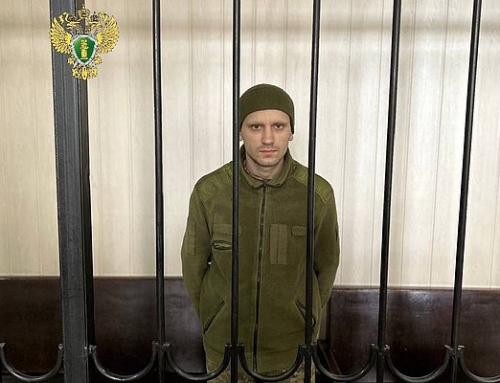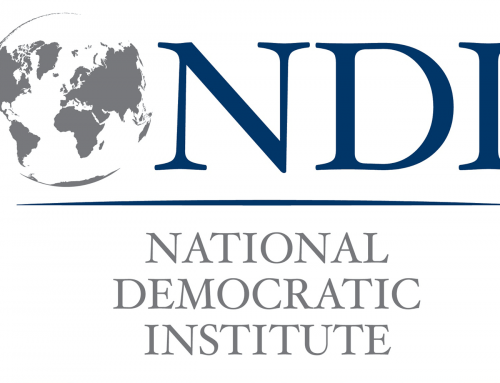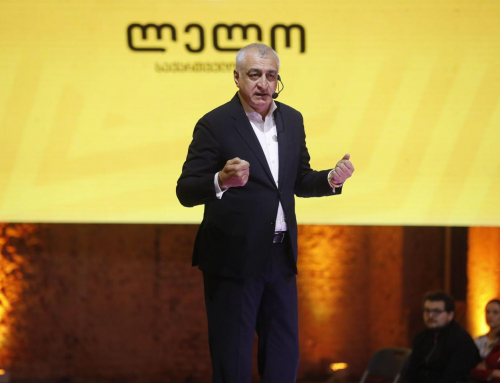TBILISI, DFWatch–After criticism from the US Congress the government in Georgia decided to display proof of the former government’s illegal actions and organized a presentation of videos showing torture and mistreatment.
There was first a screening for diplomats yesterday, and today the footage was shown to journalists and non-governmental organizations.
Today’s screening led to tension at the Interior Ministry, where heads of media outlets and non-governmental organizations were invited to watch the footage discovered last week in a weapons cache.
Several media and NGO representatives left the meeting as a sign of protest saying that the ministry didn’t do anything in order to hide the identity of people shown in the videos.
No one questions the authenticity of the footage, but journalists and other guests now argue that the ministry should have covered up the identity of the people that appear in the footage.
Some of the guests left the meeting before it began. There was a small conflict between Eka Kvesitadze, journalist from the public broadcaster and several other journalists, when Kvesitadze left saying she expects the minister on her show tomorrow evening.
Davit Paichadze from Georgian Public Broadcaster also left the screening before it began. After leaving he said that there was a dispute between him and the interior minister, who said that if someone couldn’t bear watching offensive material, they could leave the hall.
The journalist was interested in whether the faces in the videos were covered and whether it was possible to somehow identify people, as privacy rights should be protected and he did not want to become a participant in a violation of law.
The editor of the online newspaper Netgazeti.ge also left the meeting as a sign of protest, because it was possible to identify persons even in the first scenes of the video.
Even though a handful media people left, about 50 guests stayed and attended the screening. Davit Mchedlidze, editor of Media.ge reported that the videos showed scenes of rape, where it is possible to identify people.
“Only the face is covered, but in several scenes it is so easy to identify that if I knew this person, I would recognize him,” media.ge quotes him saying.
Paata Veshapidze and Mamuka Pachuashvili, editors of the newspaper 24 Saati, also left, as well as Kakha Kozhoridze, head of Georgian Young Lawyer’s Association, Nino Lomjaria, head of the Georgia branch of International Society for Fair Elections and Democracy, and Eka Gigauri, head of Transparency International Georgia.
Two episodes of 30 minutes were shown to the guests.
The first prisoner abuse video scandal took place in September 2012, when media received tapes from a former employee of a prison two weeks before the parliamentary election. The videos showed mistreatment, rape and torture of prisoners.
The United National Movement and the previous government were often criticized for illegal surveillance of people’s personal life. The new government is now working to tighten the regulations concerning secret surveillance and to destroy the ‘dirty archive’ that was amassed by the previous government.
Last week, police discovered a cache of weapons, drugs and videotapes in the western Samegrelo region, buried underground. Nine persons were detained regarding this case and the investigation is not finished.
Today the United National Movement issued a statement saying think it is necessary to create a parliamentary commission to study the torture and mistreatment in a transparent and unbiased way.
“We think that we are dealing with such a severe crime that we should say without any political speculation that every person who was participating, planning torture and mistreatment and releasing this material should be strictly punished,” the statement reads.





Leave A Comment
You must be logged in to post a comment.